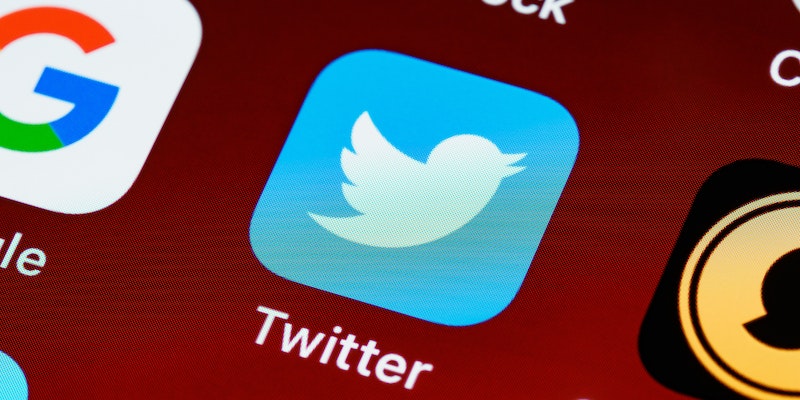Twitter recently launched a new feature called “Encrypted Direct Messages”, which allows users to send and receive private messages in a fully encrypted form. Currently, this new feature is only available to verified Twitter users. Encrypted Direct Messages (DMs) provide an added layer of security and privacy in conversations, and they differ from regular DMs by the way they are encrypted.
Access to encrypted direct messages
Currently, Encrypted Direct Messages are only available to verified Twitter users, which includes Twitter Blue subscribers and those who are part of a “Verified Organization.” To become a verified user on Twitter, one has to apply through the verification process. Twitter verifies accounts that are of public interest, mainly in categories such as journalism, politics, business, and entertainment. The verification process requires users to provide authentic identification documents and wait for the Twitter team to review and approve their application.
Verification requirements
To be able to send and receive encrypted direct messages, both the sender and the recipient must be verified Twitter users or affiliates of a verified organization. That means, for institutions, organizations, and teams, all members must go through a verification process before they can join the group’s encrypted message room. Twitter’s algorithm checks whether the sender and recipient are verified before allowing access to encrypted direct messages.
Sending Encrypted Messages
Sending encrypted direct messages is as simple as sending a regular DM. Once the user is verified, sending an encrypted message can be done by opening a new conversation, typing a message, and pressing the send button. Users get immediate feedback that the conversation is encrypted based on the lock icon badge that appears on the avatar of the user they are talking to.
Visual Differentiation
The lock icon serves as the main visual differentiation between Encrypted Direct Messages and regular DMs on Twitter. When users send and receive encrypted messages, they can see that their conversations are secure by the lock icon that appears beside their conversations. This icon acts as both visual feedback and documentation that conversations are encrypted, and can be used as proof of compliance.
Limitations of encrypted messages
Encrypted Direct Messages on Twitter come with some limitations. First, only one recipient can receive encrypted messages. Second, metadata such as recipient, creation time, and other details are not encrypted, and neither is any linked content. This means that while the primary content is secure, the context is still visible. Third, once an encrypted conversation has been initiated, new devices cannot be added and the same passwords will encrypt all communication sessions. Finally, Twitter limits encrypted messages to a maximum of ten devices per user, meaning that users cannot have more than ten conversations at a time on different devices.
Reporting Encrypted Messages
Due to the encryption of the conversation, reporting an encrypted message to Twitter is currently not possible. Reporting a message requires access to its content, and since encrypted messages are secured from unauthorized access, any form of reporting would lead to a breach of confidentiality.
Encrypted Direct Messages is a valuable feature that adds an additional layer of privacy and protection to communications on Twitter. This feature comes in handy for users who value privacy, are part of verified organizations, or have Twitter Blue subscriptions. However, there are limitations that make it unsuitable for all situations, and verified users should be cautious when sending any sensitive information through the platform. Nonetheless, Encrypted Direct Messages are a welcome addition to the Twitterverse, giving users more control over their conversations and their privacy.

